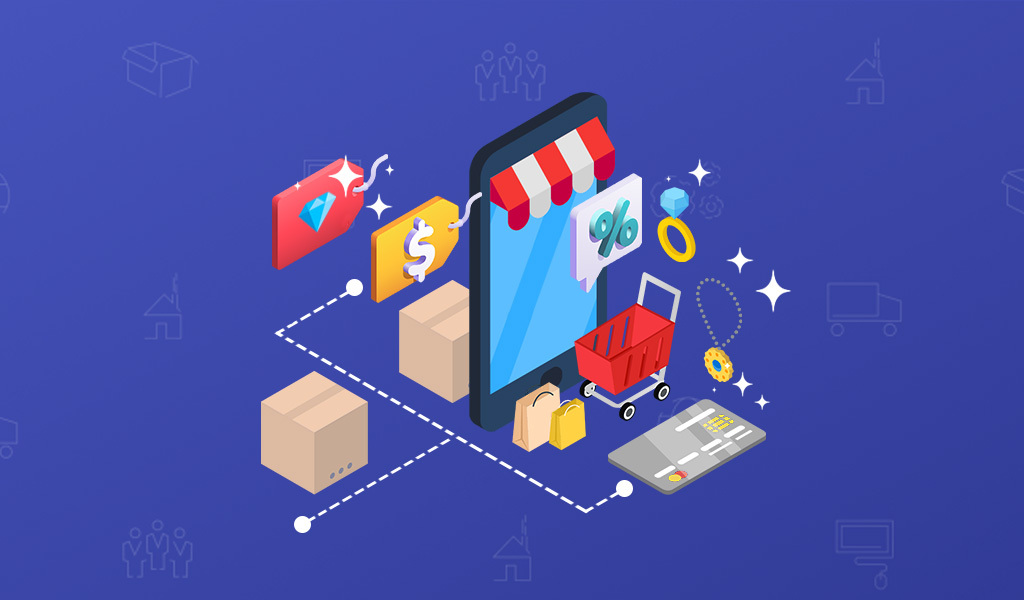News and Insights
E-commerce, Logistics, and Small Business Management
Seamless Integrations: The Key to Scaling Marketplace Fulfillment

For jewelry sellers on Etsy and Amazon Handmade, momentum can build fast. One product takes off, and suddenly you’re waking up to dozens of new orders—each with its own packing slip, gift note, and customer expectation. At first, it’s exhilarating. But as volume increases, it becomes clear: manual fulfillment doesn’t scale.
This is where seamless integrations earn their keep. They help you stay in control by connecting your storefronts directly to your fulfillment workflow—fewer mistakes, less manual work, and faster turnaround, all without pulling your focus from the parts of the business only you can do.
Here’s why seamless integrations are the backbone of scalable marketplace fulfillment—and how they help you grow without losing control.
Order Automation That Keeps You Moving
Whether you’re managing multiple platforms or just one high-performing Etsy shop, the ability to automatically pull in orders is a game-changer. It cuts down on repetitive tasks, keeps things moving, and creates space to focus on your product—not paperwork.
- No more copying and pasting – Manual entry is slow, tedious, and easy to mess up—especially when you’re juggling volume and customization.’
- Orders appear automatically – Soon after a customer checks out, the order flows straight into your fulfillment workflow.
- Every detail comes with it – Gift notes, personalization, and platform-specific packing slip formats are captured and passed through—no extra steps required.
If you’re still using spreadsheets or email to manage incoming orders, automating this part of your process will save hours each week—and dramatically cut down on fulfillment mistakes.
Inventory Sync to Prevent Overselling
Nothing frustrates a customer—or harms your seller rating—like buying something that’s actually out of stock. Seamless inventory sync helps you stay ahead of that risk.
- Rapid platform updates – Your product availability reflects near-real-time inventory across Etsy, Amazon Handmade, and any other channels you use.
- SKU-level tracking – Even if your catalog includes variants, materials, or bundled sets, each item is tracked with precision.
- Custom buffer zones – You can hold back a few units as a safety cushion to avoid stockouts or order cancellations, especially on high-traffic platforms.
If you’ve ever had to cancel an order because you forgot to update your listings—or sold the last piece on two platforms at once—you know how valuable this kind of control can be.
Instant Tracking Uploads = Fewer Support Headaches
When an order ships, your customer wants to know right away. They don’t care if you’re a one-person operation—they expect fast, professional updates.
- Automatic tracking uploads – Within minutes of a label printing, tracking info should post back to the platform without any manual steps.
- Fewer “Where’s my order?” emails – Fast and automated updates keep your inbox clear and your customers reassured.
- Stay in good standing – Etsy and Amazon Handmade both reward on-time tracking with better visibility and seller performance scores.
Even if you’re shipping one order at a time, integrated tracking keeps things running smoothly—and saves you from a small task that adds up fast.
Less Time on Repetitive Tasks, More Time Creating
Handmade brands thrive when their founders can focus on making, designing, and marketing—not babysitting logistics.
- Integrations reduce mental overhead – Fewer moving pieces means fewer things to forget or double-check.
- Streamlined daily workflow – You can batch tasks more easily when orders flow in automatically and inventory stays up to date.
- Prepared for growth – Even if you’re fulfilling in-house now, strong systems set you up for outsourcing later if needed.
Think of integrations as a digital assistant working behind the scenes—making sure your storefront and fulfillment stay aligned as your business scales.
It’s Not a Competitive Edge—It’s Table Stakes
In today’s marketplace landscape, speed, accuracy, and consistency aren’t nice-to-haves—they’re expected. Seamless integrations aren’t about getting ahead; they’re about keeping up. Without them, you risk delays, errors, and customer frustration that can chip away at your brand’s reputation.
If you’re still pulling orders manually, updating inventory by hand, or pasting tracking into each platform one by one, it’s time to upgrade. Not with expensive enterprise software, but with practical, scalable systems that take the friction out of fulfillment.
You’ve put in the work to build something real. Don’t let outdated systems be the thing that holds you back.
Interested in learning more about order fulfillment? Let’s talk!

Recent Comments